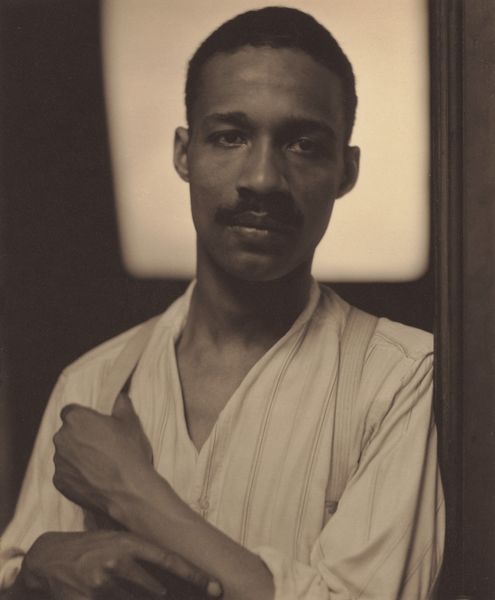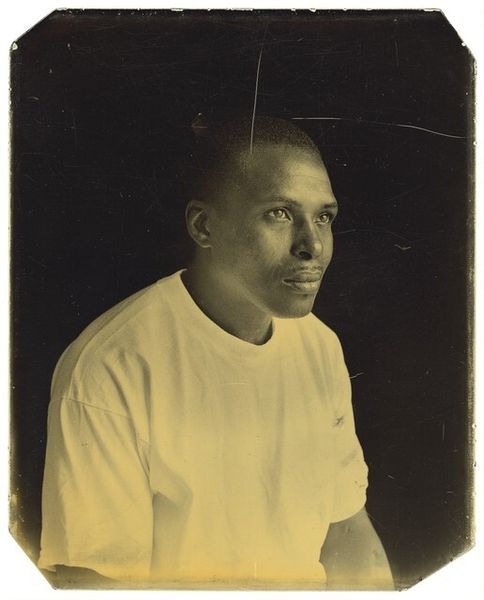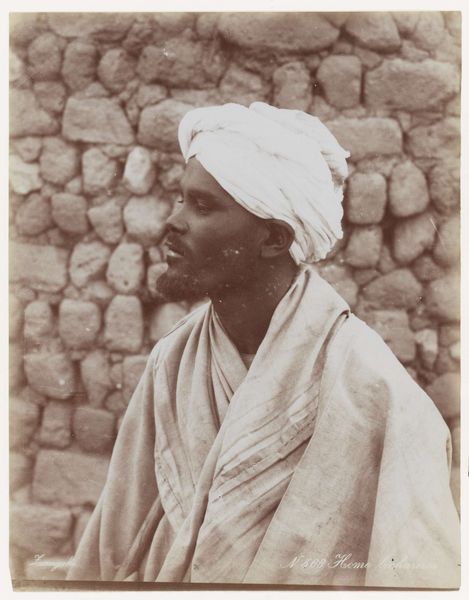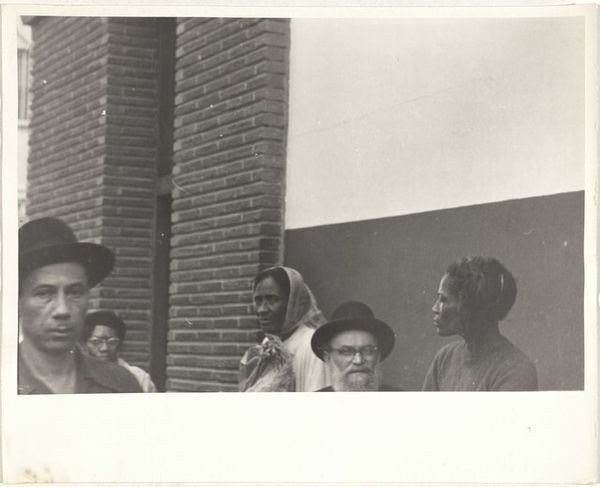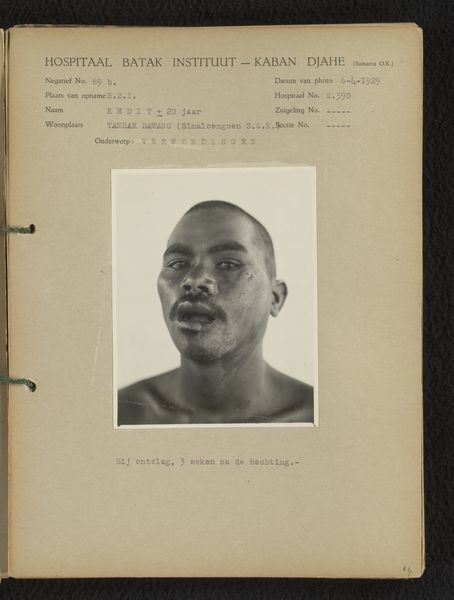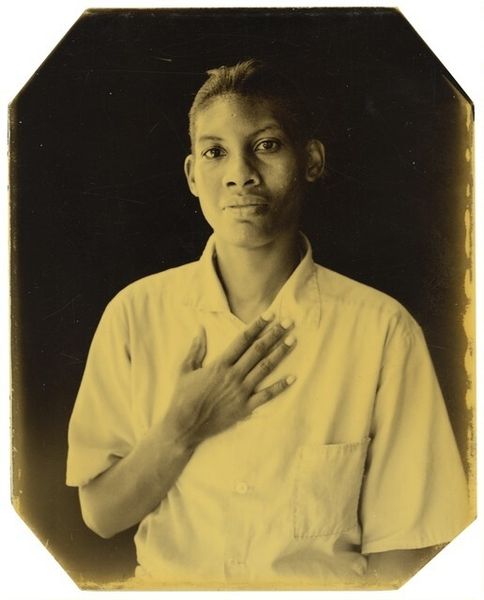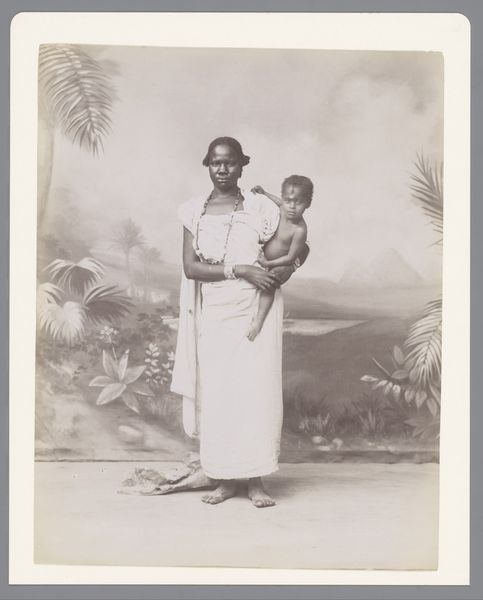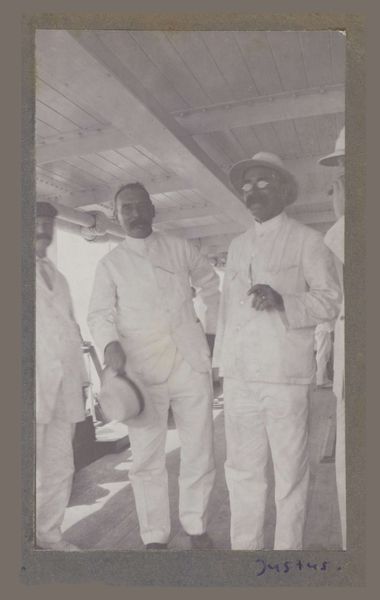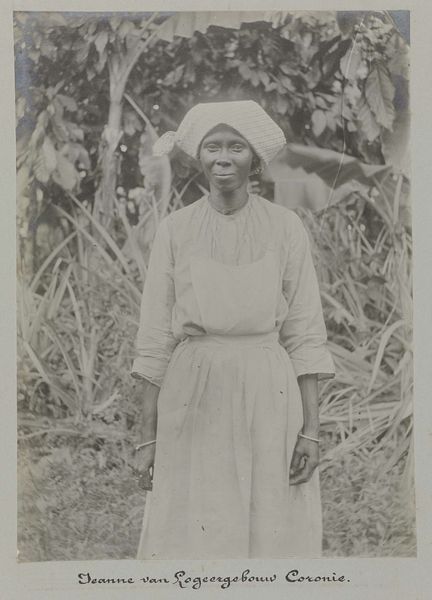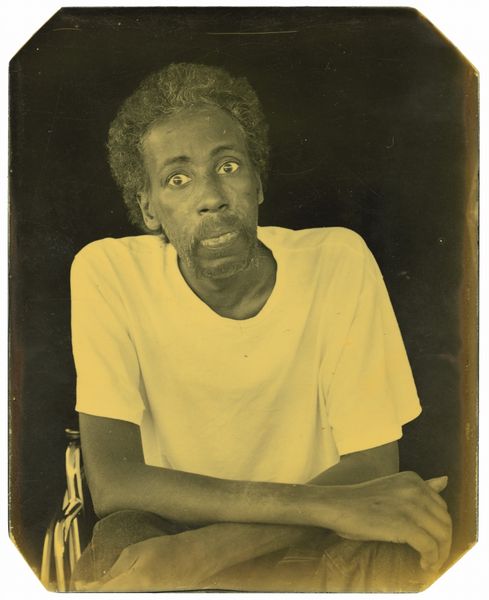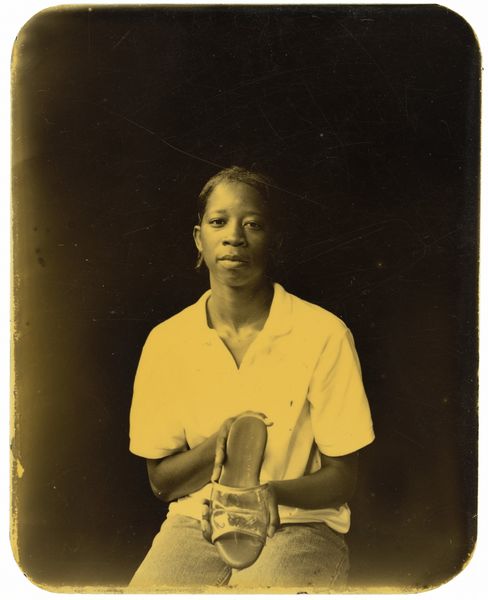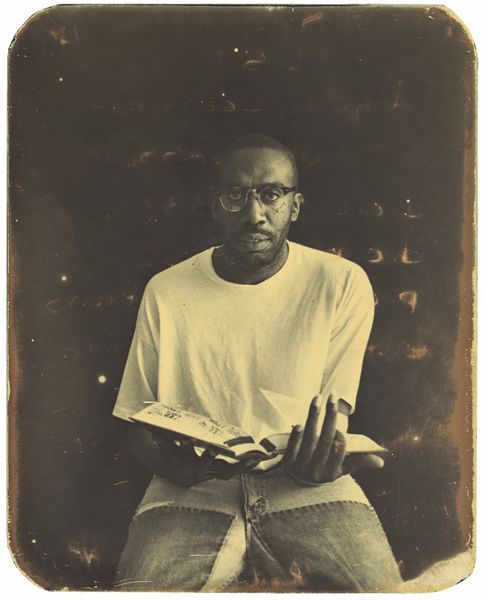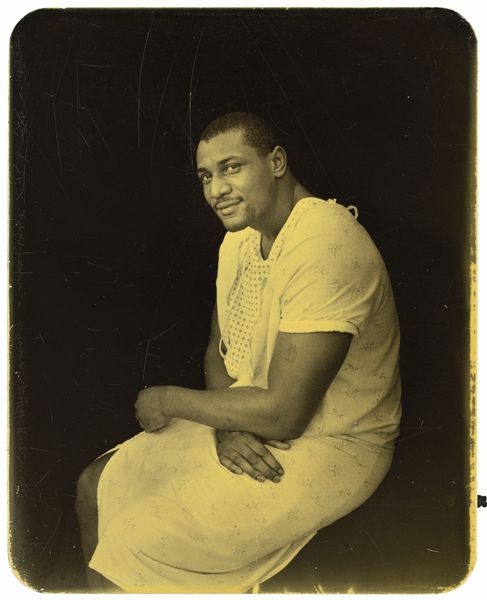
photography, gelatin-silver-print
#
portrait
#
pictorialism
#
photography
#
gelatin-silver-print
#
modernism
Dimensions: sheet (trimmed to image): 23.5 × 19 cm (9 1/4 × 7 1/2 in.) mat: 52 × 36.1 cm (20 1/2 × 14 3/16 in.)
Copyright: National Gallery of Art: CC0 1.0
Curator: So here we have Alfred Stieglitz's "Hodge Kirnon" from 1917, rendered in gelatin silver. Editor: A direct and thoughtful portrait. The monochrome palette and diffused light give it such a sense of quiet dignity. Curator: It's from Stieglitz’s modernist phase but retains the soft focus aesthetic of Pictorialism, creating a sense of intimate observation rather than detached objectivity. He was known for championing modern art. Editor: He’s holding what appears to be sheet music. Is that intentional? He seems framed by the light behind him as if about to step into a brighter, creative space. Sheet music…the possibility of music itself. Curator: Exactly! Kirnon was a waiter at the artists' salon, "291," and an aspiring musician. I think the hat and the sheet music denote some sophistication, some personal sense of style. Editor: I see cultural markers here as well, almost a foreshadowing of the Harlem Renaissance, wouldn't you agree? Curator: Absolutely. I'd say Stieglitz captured Kirnon’s quiet resolve and dignity. Editor: The photograph's tones…they’re sepia, and very soothing; so very distant to us now in time and style. It’s also fascinating to consider that Stieglitz—who promoted European Modernism—chose to depict this individual so deliberately, creating an indelible artistic memory of a man otherwise lost to history. It asks us to look—and remember—so much. Curator: I couldn’t agree more. What was otherwise a mere slice of life now transcends time, due to this beautifully framed composition. Editor: To look upon his expression is to reflect on resilience. There's a deep narrative locked within him. Curator: He seems about to speak, to engage.
Comments
No comments
Be the first to comment and join the conversation on the ultimate creative platform.
